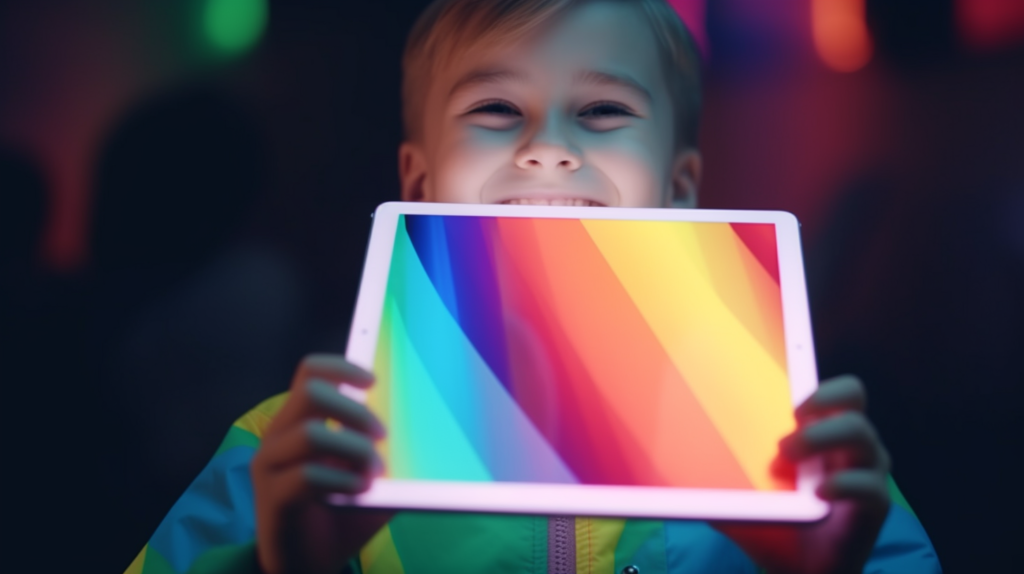Is Your Child Truly Engaged in Their Learning Process?
In a world dominated by screens and passive information consumption, it is more important than ever to empower children to actively participate in learning. Hands-on learning, a teaching method that emphasizes direct, active experience, has been shown to strengthen young minds and capacity for lifelong learning. In this article, we’ll delve into the science behind hands-on learning, examine real-world examples of its effectiveness, and offer ways to implement it in your child’s education.
The Science of Hands-On Learning
Research supports the effectiveness of hands-on learning in developing curiosity, critical thinking, and problem-solving skills. According to a study by Klahr, Triona, and Williams (2007), students who participated in hands-on learning activities performed significantly better on tests of scientific understanding than their peers taught using traditional methods1. In another study, Kontra et al. (2015) found that students who learn through hands-on experience are better at retaining and applying knowledge than students who learn through passive observation2.

Key benefits of hands-on learning include:
- Improve retention and understanding of concepts
- Improve problem-solving and critical thinking skills
- Increase Momentum and Engagement
- encourage creativity and innovation
Real-Life Cases of Hands-On Learning Success
Various educational institutions have recognized the value of hands-on learning and incorporated it into their curricula. For example, Montessori schools have long promoted hands-on, experiential learning that has been shown to promote academic achievement and social development3. In another case, the Inquiry-Based Science Education (IBSE) program in Europe demonstrated the effectiveness of hands-on learning in promoting scientific literacy and interest in STEM subjects[4].
Integrating Hands-On Learning at Home and in the Classroom
To strengthen your child’s spirit through hands-on learning, consider the following strategies:
- Encourages exploration and experimentation: Provide your child with materials and opportunities to independently explore, create, and solve problems.
- Integrate real-world experiences: connect classroom learning to the real world, using real-life examples or visiting relevant places, such as museums or nature reserves.
- Encourages Collaboration: Encourages group work, collaborative problem solving, and open discussion so children can learn from each other.
- Emphasis on the process rather than the product: Emphasizes the importance of the learning process rather than just focusing on the final product.

Engaging Your Child with Alphapedia's AI Stories Generator
To further engage your child in hands-on learning experiences, consider using Alphapedia’s AI Stories Generator. This innovative tool allows you and your child to create interactive, personalized stories that encourage creativity and problem-solving. By incorporating hands-on learning principles into a fun, interactive storytelling experience, the AI Stories Generator can help your child develop essential skills while fostering a love for learning.
Don’t miss the opportunity to empower your child’s mind with hands-on learning. Explore Alphapedia’s AI Stories Generator today and unlock your child’s full potential.

